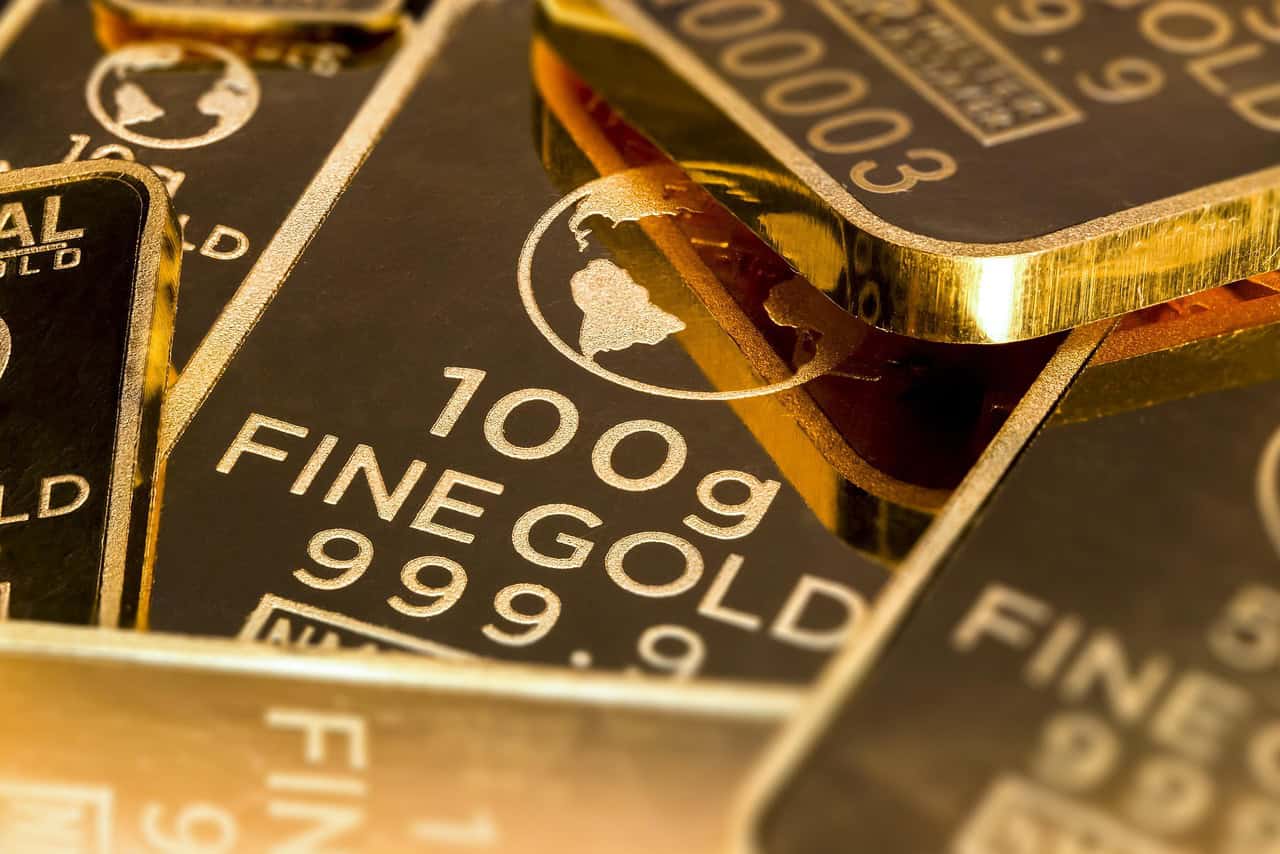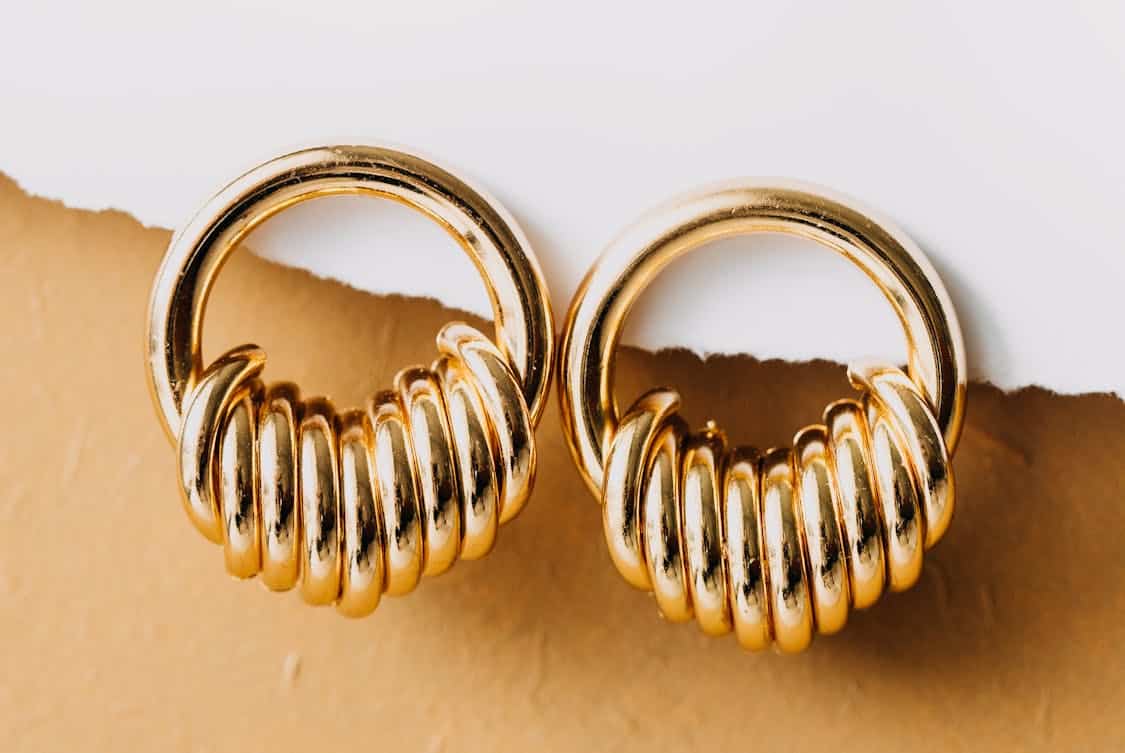When it comes to precious metals like gold and silver, determining their purity is essential for investors, jewelers, and collectors alike.
With numerous methods available, choosing the right approach can make all the difference. Let’s explore several effective techniques for assessing the purity of these metals.
Understanding Purity Standards
Purity levels are indicated in karats for gold and as a percentage for silver. Gold is often expressed in karats—24K signifies pure gold, while lower karats indicate mixtures with other metals.
Silver, on the other hand, is typically measured in terms of parts per thousand, with 925 being sterling silver. Knowing these standards is the foundation for accurate assessment.
Visual Inspection
A simple first step involves a visual inspection. Gold and silver possess specific luster and color characteristics. Pure gold has a rich yellow hue, while silver is bright and shiny.
Look for any discoloration or dullness, which could indicate impurities. However, this method is not foolproof; it often requires experience to identify subtle differences.
Magnet Test
Gold and silver are not magnetic. A magnet can serve as a quick check—if the metal is attracted to it, you likely have a piece that is not pure.
This test is especially helpful for distinguishing between precious metals and their counterfeit versions. Still, it’s crucial to note that some alloys containing non-magnetic metals can also fool this test.
Acid Test
The acid test is a more definitive method. Special solutions are used to react with the metal, allowing assessors to compare the results with known standards.
For gold, specific acid concentrations are applied based on the karat rating. Silver testing involves similar solutions. This method is reliable, but it does carry the risk of damaging the metal, especially if not performed carefully.
Electronic Testing
Modern technology has introduced electronic testing devices that provide quick and non-destructive results. These machines use electrical conductivity to gauge purity.
With a simple touch, they can give readings in seconds. While slightly more expensive, this method is worth considering for frequent testing or larger transactions.
Density Test
Density testing involves measuring how much water a metal displaces when submerged. Each metal has a unique density; for instance, pure gold has a high density of about 19.3 grams per cubic centimeter.
By carefully measuring the water displacement and calculating the density, one can deduce the purity. This method requires precision and some basic math skills but can be quite accurate.
X-Ray Fluorescence (XRF)
XRF testing is a non-destructive method that provides a comprehensive analysis of the metal’s composition. A handheld XRF device emits X-rays that excite the atoms in the metal, revealing the elements present and their concentrations.
This technique is often used by professionals due to its accuracy and ability to test without damaging the sample.
Fire Assay
Fire assay is considered the gold standard in gold testing, quite literally. This traditional method involves melting the sample and separating metals through chemical processes.
While extremely accurate, it’s also labor-intensive and typically reserved for large quantities or high-value pieces. Many jewelers may not have the facilities for this, but it’s worth mentioning for completeness.
Comparison with Known Samples
Sometimes, the best way to assess purity is by comparison. Having a known sample of the same metal can help gauge the purity of your item.
This method relies on the experienced eye or the use of tools that measure specific attributes, such as weight or color. It’s simple and effective but requires access to known pure samples.
Professional Appraisal
For high-value items or when in doubt, turning to a professional appraiser is a wise choice. Certified appraisers employ various methods and have the experience to accurately determine purity.
While this involves a fee, the peace of mind it brings can be well worth the investment.
Documentation and Certification

When purchasing gold or silver, always ask for documentation or certification. Reputable dealers will provide certificates that verify the purity of their products.
This can save a lot of hassle and potential disputes later. It’s an essential step in ensuring you’re getting what you pay for. For reliable sources of high-quality bullion, many investors turn to money metals for trusted products and transparent transactions.
Common Myths About Purity Testing
Navigating the world of precious metals often comes with its share of myths. One common misconception is that all gold items are stamped with their purity.
While many are, not all gold jewelry carries a stamp. Similarly, the idea that silver needs to be polished to assess purity is misleading. Often, tarnish can interfere with the visual assessment, leading to incorrect conclusions.
Importance of Proper Tools
Having the right tools can significantly enhance your ability to assess purity accurately. For those serious about testing, investing in a gold testing kit that includes acids and a stone can be beneficial.
For silver, a simple scale and water displacement setup can be all you need for density testing.
Environmental Considerations
When testing precious metals, consider the environmental impact. Acid tests can be hazardous if not disposed of correctly. Always follow local guidelines for disposal.
If you’re using electronic methods or XRF, ensure your devices are maintained to minimize waste.
Learning and Practicing
For those keen on learning more about purity assessment, resources abound. Books, online courses, and workshops can provide deeper insights into various testing methods.
Practice makes perfect, and the more familiar you become with these techniques, the more confident you’ll be in your assessments.
The Impact of Market Trends
Market trends can influence the perceived value of gold and silver, thereby affecting how purity is assessed.
When prices are high, the importance of purity increases, as buyers want to ensure they receive genuine items. Understanding market dynamics can be helpful when deciding when and how to test metals.
Building Trust with Dealers
Establishing a relationship with reputable dealers can ease the stress of testing. Knowledgeable sellers will often offer guarantees or returns if the item does not meet purity standards.
This trust fosters a smoother buying experience and can lead to better deals in the long run.
Involving Technology and Innovation
With technology advancing at a rapid pace, new testing methods continue to emerge. Keeping abreast of these changes can offer fresh perspectives on assessing purity.
Navigating the assessment of gold and silver purity can be a multifaceted adventure, blending traditional methods with modern technology.
By employing a variety of techniques and remaining informed, anyone can confidently evaluate the authenticity and quality of their precious metals.

